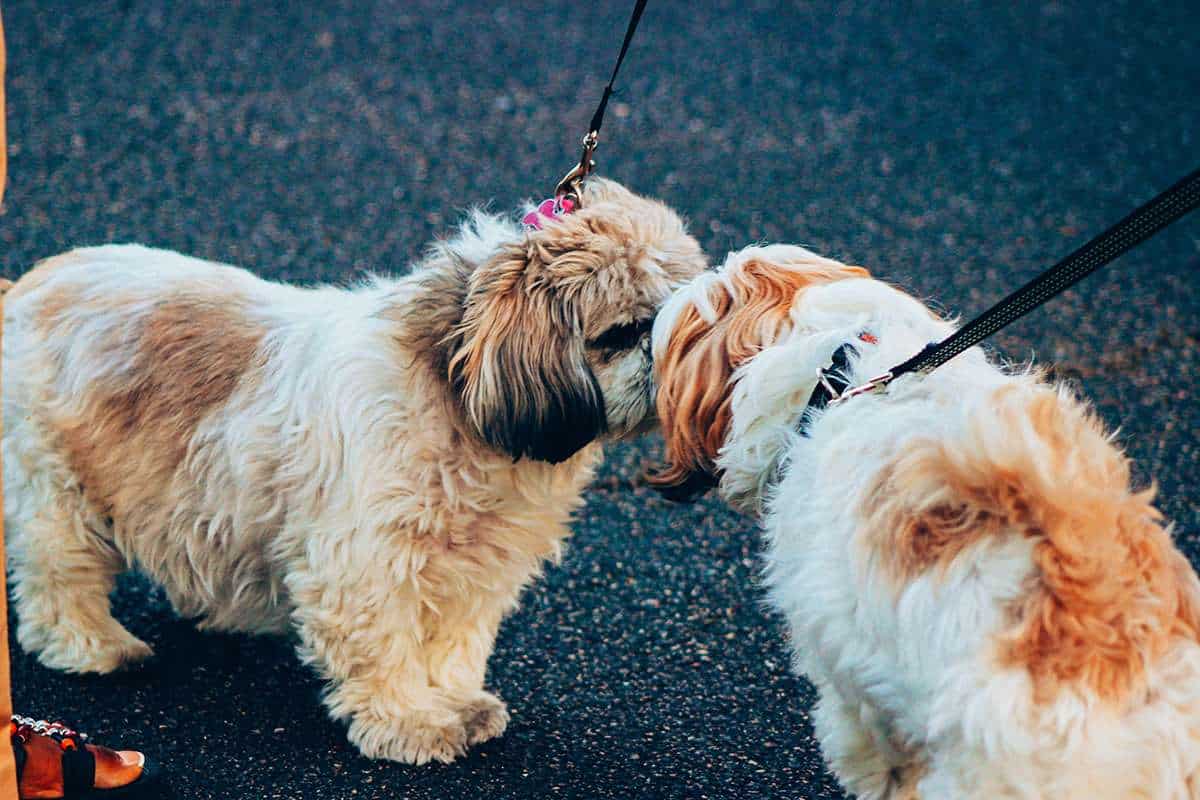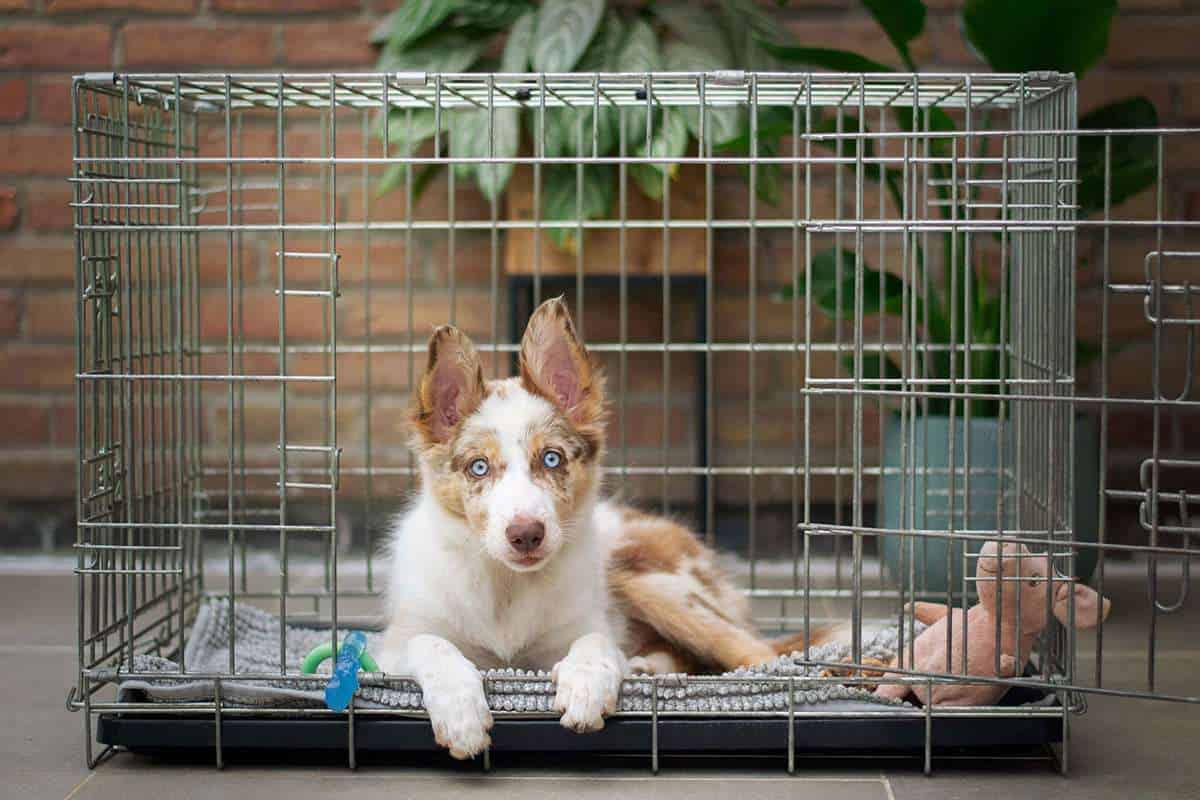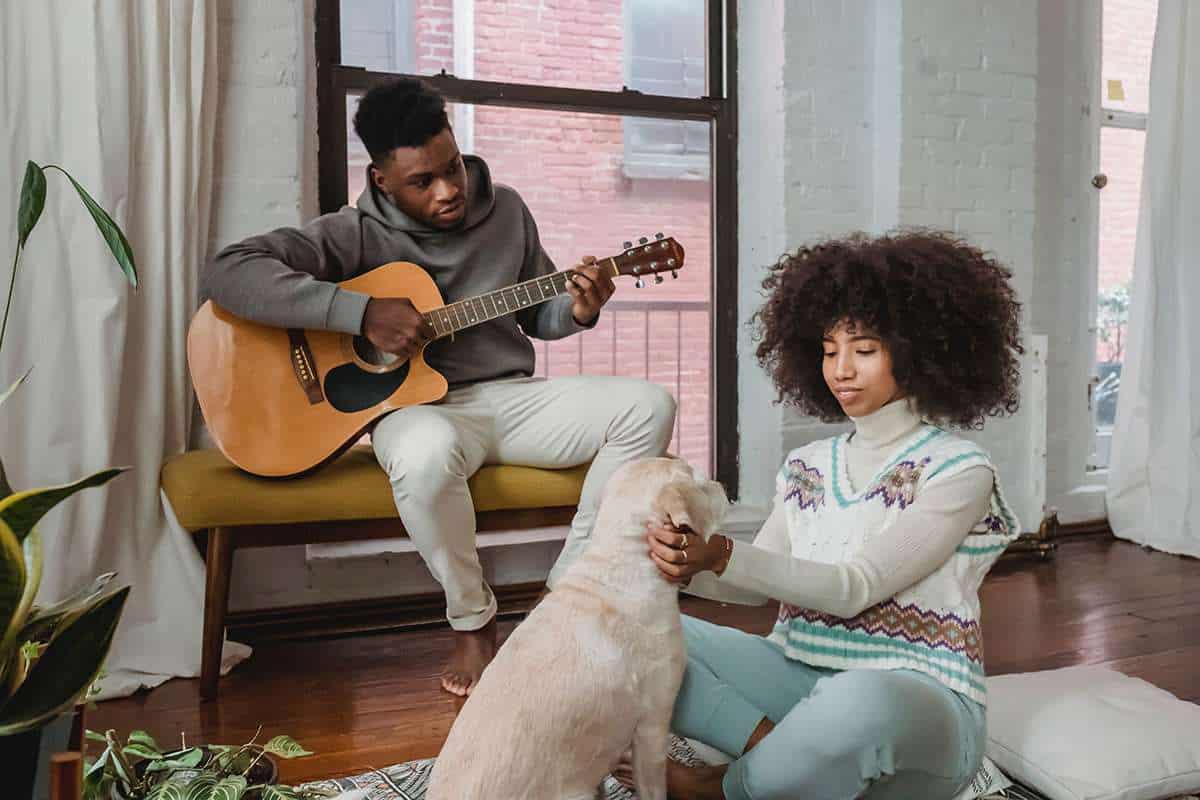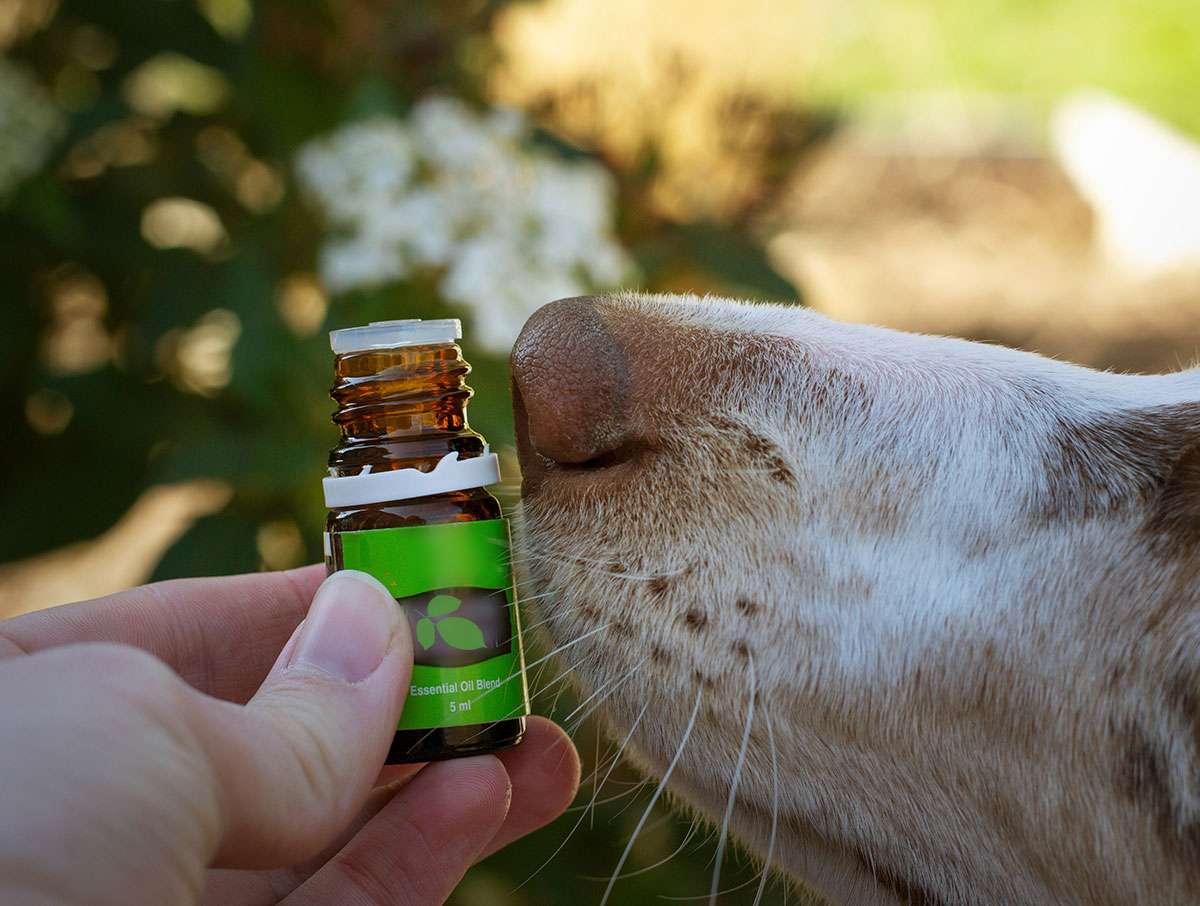Socializing an anxious dog with other dogs can be a daunting task. However, it is essential for your dog’s well-being and overall mental health. Socialization helps your dog develop positive relationships with other dogs and people, which can prevent behavioral issues and reduce anxiety in the long term. Here are some dos and don’ts of socializing an anxious dog with other dogs.
Do: Start Slowly
The key to socializing an anxious dog is to start slowly. Do not rush the process, as this can increase your dog’s anxiety and make things worse. Begin by introducing your dog to one calm and friendly dog in a controlled environment, such as a dog park or a fenced yard. Allow the dogs to sniff each other and observe their behavior closely. If both dogs seem comfortable, allow them to interact for a few minutes before separating them. Gradually increase the duration and frequency of their interactions as your dog becomes more comfortable.
Don’t: Force the Interaction
Never force your dog to interact with another dog. This can increase your dog’s anxiety and cause aggression. Instead, allow your dog to approach the other dog at their own pace. If your dog shows signs of anxiety or discomfort, such as shaking or growling, remove them from the situation immediately. Remember, the goal of socialization is to make your dog feel comfortable and relaxed around other dogs, not to force them into uncomfortable situations.
Do: Provide Positive Reinforcement
Positive reinforcement is a powerful tool in socializing an anxious dog. Reward your dog with treats, praise, and affection every time they exhibit positive behavior around other dogs. This will help to build their confidence and reinforce good behavior. For example, if your dog approaches another dog calmly and without showing signs of anxiety, reward them with a treat or a pat on the head. Over time, your dog will associate positive behavior with positive reinforcement, making socialization easier and more enjoyable for both you and your dog.
Don’t: Punish Your Dog
Punishing your dog for showing signs of anxiety around other dogs is counterproductive. This can increase your dog’s anxiety and make them more fearful of other dogs. Instead of punishing your dog, try to understand their behavior and work on correcting it through positive reinforcement and training.
Do: Socialize Your Dog with Different Breeds and Sizes
It is essential to socialize your dog with different breeds and sizes of dogs. This will help your dog learn how to interact with dogs of different sizes and temperaments. It can also prevent your dog from developing breed-specific prejudices or fears. When socializing your dog with other dogs, try to vary the breeds and sizes of dogs they interact with.
Don’t: Neglect Training
Training is an essential part of socializing an anxious dog. Teach your dog basic obedience commands such as “sit,” “stay,” and “come.” This will help to keep your dog focused and calm around other dogs. Training also helps to establish you as the pack leader, which can reduce your dog’s anxiety and make them feel more secure.
Do: Seek Professional Help
If your dog’s anxiety is severe, it may be necessary to seek professional help. A dog trainer or behaviorist can help develop a customized training plan to address your dog’s anxiety and socialization issues. They can also provide you with the tools and techniques needed to manage your dog’s behavior and reduce their anxiety around other dogs.
Conclusion
In conclusion, socializing an anxious dog with other dogs takes time, patience, and effort. Start slowly, provide positive reinforcement, and avoid punishing your dog. Socialize your dog with different breeds and sizes of dogs, and don’t neglect training. Remember, if your dog’s anxiety is severe, seek professional help. With time and effort, your dog can learn to socialize with other dogs and lead a happy life.
For further information on dog social anxiety, check out these sites:
- New study shows increased levels of anxiety in pets since the COVID-19 pandemic
- Active and social life is associated with lower non-social fearfulness in pet dogs




Leave a Reply